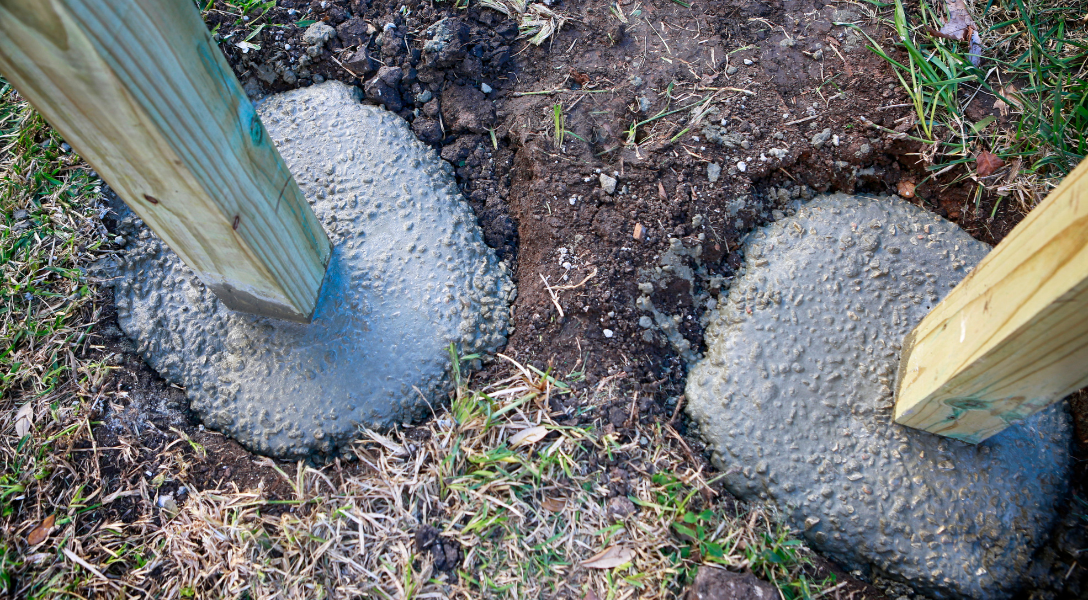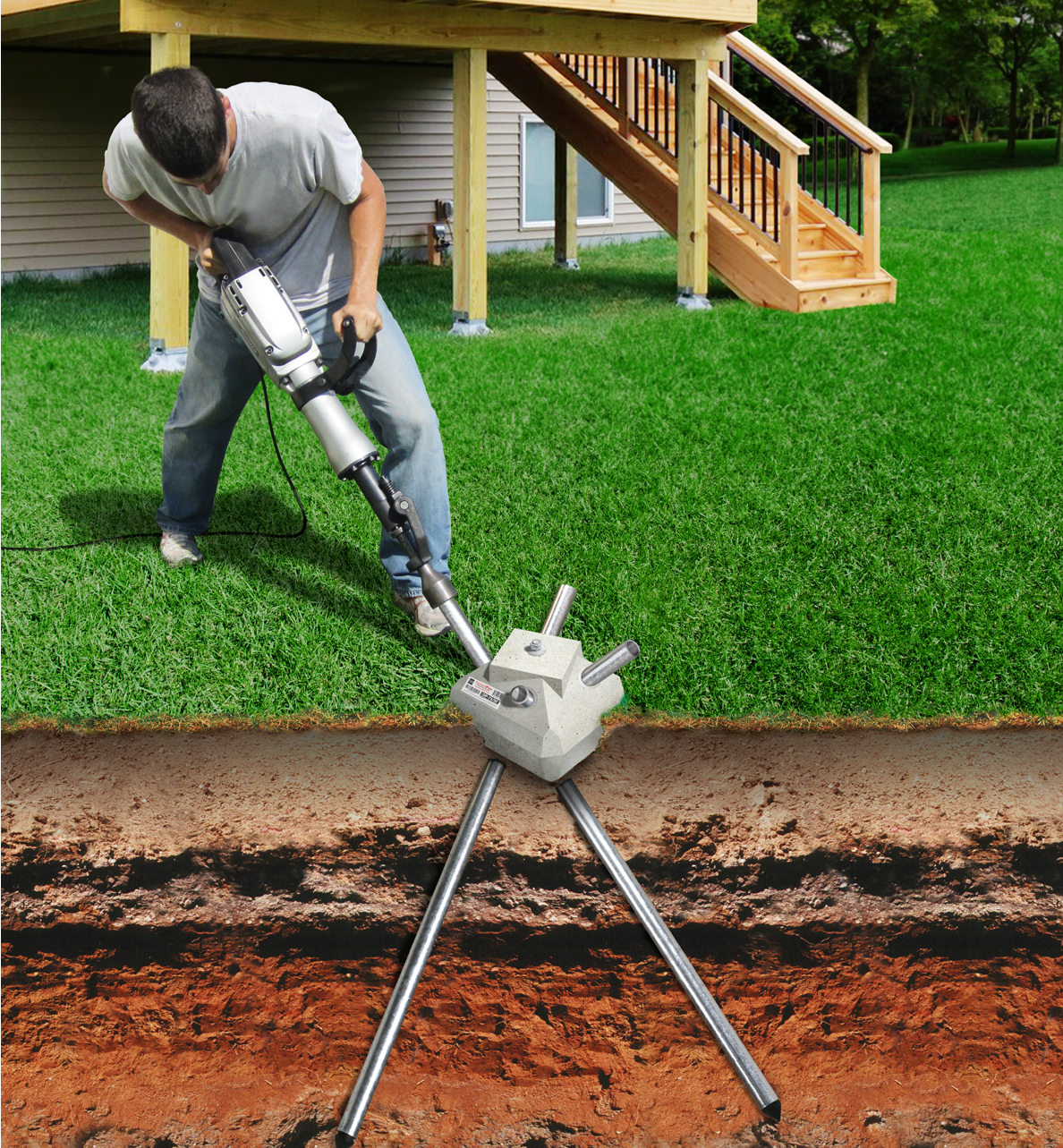Understanding the Art of Deck Footings: Important Strategies for Resilient Decks
Vital Tips for Solid Deck Ground: A Comprehensive Overview
Welcome to "Important Tips for Solid Deck Footing: A Comprehensive Guide." In this detailed overview, we will offer you with the crucial understanding and strategies to guarantee a stable and solid structure for your deck. Constructing a deck is an investment that calls for cautious preparation and interest to information, specifically when it involves the ground. This overview will cover crucial elements such as selecting the best products, analyzing dirt conditions, computing load ability, determining proper ground depth, and accomplishing accurate setup. By complying with these pointers, you will certainly be furnished with the required info to construct a deck that not just improves your outdoor area however also stands the examination of time. So, let's dive right into the globe of strong deck ground and establish a foundation you can depend on.
Selecting the Right Deck Footing Materials
When choosing the right deck footing materials, it is vital to think about the certain needs and demands of your project. The quality and durability of the footings straight affect the security and longevity of the deck framework. There are a number of aspects to consider when choosing deck ground products.
One vital consideration is the type of soil in your area. Different soil types have differing load-bearing abilities and drain properties. For instance, clay dirts often tend to preserve water, while sandy dirts drain promptly. Comprehending your dirt conditions will certainly assist you select grounds that can effectively support the weight of the deck and avoid concerns such as heaving or sinking.
Severe temperatures, moisture degrees, and freeze-thaw cycles can influence the efficiency of deck footings. In such instances, using frost-resistant products or installing grounds below the frost line can help alleviate these dangers.
Additionally, the size and layout of your deck must also influence your choice of footing materials. Larger or even more complex decks might need deeper or enhanced footings to make certain sufficient assistance. Understanding the specific tons requirements of your deck will assist you determine the proper products to use.
Ultimately, selecting the ideal deck footing products involves careful factor to consider of variables such as soil conditions, environment, and deck design. By taking these aspects right into account, you can select grounds that provide the needed assistance, enhance the stability of your deck, and guarantee its durability.
Appropriately Assessing Soil Conditions
To effectively evaluate soil conditions for your deck ground, it is important to thoroughly evaluate the load-bearing capabilities and water drainage homes of the soil in your location. Comprehending the dirt's capability to birth weight and its capability to drain pipes excess water will certainly assist guarantee the stability and long life of your deck.
When examining the load-bearing ability of the dirt, it is very important to consider elements such as dirt compaction, kind, and thickness. Various dirt types have varying load-bearing capabilities, with compacted soils typically providing better support than sandy or loosened dirts. Conducting a dirt test can provide important details concerning the dirt's ability to support the weight of your deck.
Furthermore, reviewing the drainage residential properties of the soil is vital to stop water buildup and possible damage to your deck - Deck Footings. Poor water drainage can cause moisture accumulation, which can weaken the foundation and cause architectural issues. It is vital to evaluate the soil's capacity to drain pipes water properly to avoid these problems
Consulting with an expert designer or soil specialist can greatly assist in properly assessing dirt problems for your deck ground. They can provide professional recommendations and support, making sure that you pick the appropriate footing design and products based on the certain characteristics of the dirt in your location. Taking the time to extensively examine soil conditions will certainly aid you build a solid and durable deck.
Calculating Load Capability for Grounds
One essential action in guaranteeing the security of your deck is to accurately compute the lots capacity you can try these out for your grounds. Deck Footings. The tons capacity refers to the optimum amount of weight or load that the footings can securely sustain without creating any structural damages or failure. Determining the tons capacity for footings involves considering numerous variables such as the dimension and kind of grounds, the kind of dirt, the measurements and weight of the deck, and the real-time lots and dead load that the deck will be subjected to
To calculate the tons ability, it is essential to speak with regional building codes and policies as they provide details guidelines and needs for deck construction. These codes think about factors such as dirt bearing capacity, frost deepness, and minimal ground dimensions. Additionally, it is important to engage the solutions of a structural engineer or a specialist contractor who can perform the essential computations and analyses to ensure the security and stability of the deck.
When calculating the lots ability, it is necessary to properly identify the real-time load and dead tons that the deck will certainly experience. The real-time lots describes the weight of people, furnishings, and any type of other things that will certainly be positioned on the deck, while the dead tons describes the weight of the deck itself. By accurately determining these loads and taking into consideration all appropriate factors, you can make sure that your footings are appropriately designed to support the weight and preserve the stability of your deck.
Making Certain Proper Ground Deepness
Appropriate footing deepness is important for making certain the stability and long life of your deck. The deepness at which the footings are set up directly affects the architectural integrity of the deck, as it establishes exactly how well the footings can withstand the pressures applied by the deck and the dirt beneath it.
When figuring out the suitable ground deepness, numerous variables must be considered. These include the kind of dirt, the local climate, and the lots capacity needed for the deck. Normally, grounds should be positioned listed below the frost line to stop any type of heaving or moving as a result of freezing and thawing cycles. In areas with extensive clay soil, deeper footings may be required to supply ample support.
To figure out the proper ground deepness, it is advised read this article to consult with a structural designer or building inspector who can evaluate the details conditions of your site and give assistance based on local building ordinance and regulations. They will certainly think about factors such as dirt make-up, water table degree, and anticipated loads to establish the minimum required ground depth.
Mounting Footings With Accuracy
Installing grounds with accuracy is important for making certain the security and structural integrity of your deck. Effectively set up footings give a solid structure, ensuring that your deck can hold up against the weight of furniture, individuals, and other loads. To install grounds with precision, there are several essential steps to follow.
First of all, it is necessary to accurately mark the location of each footing. This can be done by utilizing a string or chalk line to produce a clear rundown. By measuring and marking the specific positions, you can guarantee that the footings are equally spaced and aligned.
Next, you require to dig the holes for the footings. It is crucial to dig them to the appropriate depth and size, as specified by regional building regulations and regulations. This will certainly give adequate assistance and stop the deck from changing or sinking gradually.
Once the openings are dug, it is vital to level and portable the dirt at the end of each opening. This will produce a steady base for the ground to remain on and prevent any settling or movement.
After preparing the holes, you can wage pouring the concrete. Utilize a concrete mix that is appropriate for grounds and comply with the supplier's instructions for blending and putting. Ensure that the concrete loads the holes totally and is degree with the ground surface.
Last but not least, allow the concrete to heal properly before proceeding with the construction of your deck. This will certainly ensure that the grounds are steady and solid, giving a protected foundation for your deck.

Verdict
Finally, ensuring solid deck footing is important for the security and durability of a deck structure. By picking the proper ground materials, examining dirt problems, determining tons capability, and mounting grounds with accuracy, the threat of architectural failure can be reduced. Following these vital pointers will certainly assist develop a strong structure for any type of deck job.
Comprehending your soil conditions will certainly assist you pick grounds that can successfully support the weight of the deck and prevent issues such as heaving or sinking.
Consulting with a specialist engineer or soil professional can substantially help in correctly analyzing soil problems for your deck footing. Calculating the lots capacity for grounds involves taking into consideration numerous factors such as the size and type of grounds, the kind of dirt, the measurements and weight of the deck, and the real-time tons and dead tons that the deck will be subjected to.
